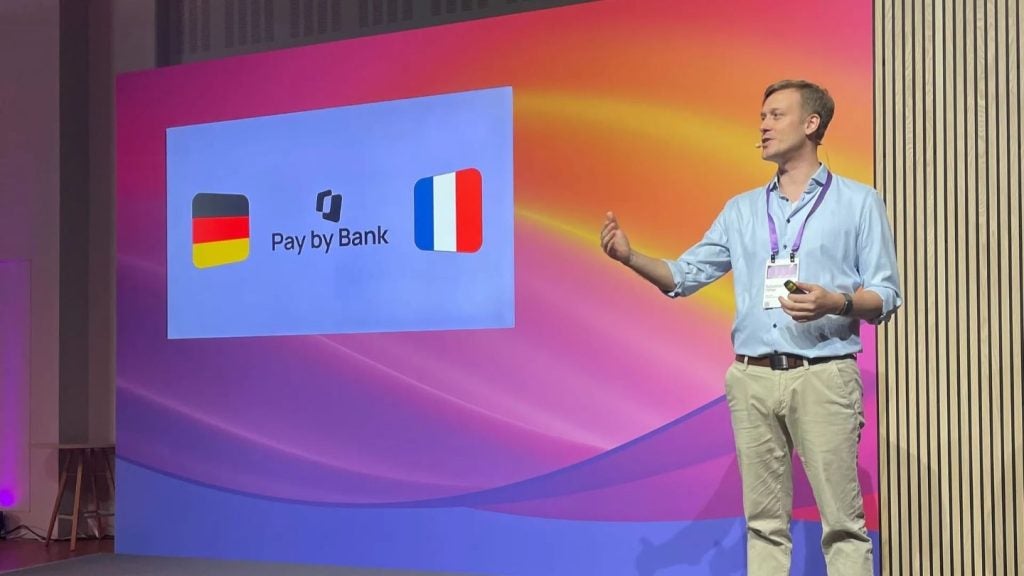MasterCard has announced its financial results
for the fourth quarter and full-year 2007. Defying the current
slowdown in consumer spending, the company reported a net income of
$304 million for the fourth quarter of 2007, or $2.26 per share on
a diluted basis, which included a post-tax gain of $185
million.
This large bump primarily came from the sale of
the company’s stake in Brazilian credit card company Redecard.
Fourth quarter 2007 net revenues saw a 27.8 percent increase from
12 months earlier to $1.07 billion, though it is worth noting that
currency fluctuations – driven by movement of the euro and the
Brazilian real relative to the US dollar – led to almost 5 percent
of this increase.
MasterCard has nonetheless beaten the gloomy
expectations of the marketplace, even when the benefits of the
one-time profit from selling its stake in Redecard are discounted.
As card issuers have started to feel the pinch from the slowdown in
consumer spending on top of the rise in bad debt, transaction
processors such as MasterCard continue to reap the benefits of the
move en masse towards plastic away from cash and cheques.
Around 75 percent of MasterCard’s total revenue
is derived from its transaction business and therefore relatively
impervious to an increase in credit risk. However, the rest of its
business is susceptible to the amount actually spent by consumers,
but there has been a 15.2 percent growth in MasterCard’s gross
dollar volume (GDV) on a local currency basis to $634 billion,
combined with a 17.2 percent increase in the number of transactions
processed to 5.2 billion as well as an increase in cross-border
volumes of 27.7 percent.
Growth in purchase volumes
Worldwide purchase volumes rose 16.1 percent on a local currency
basis during the fourth quarter of 2007 to $477 billion, driven by
increased cardholder spending on a growing number of MasterCard
card programmes. While the US trailed behind, MasterCard still saw
a 10 rise in dollar volume figures – an increase over the previous
two quarters. As of 31 December 2007, the company’s financial
institution customers had issued 916 million MasterCard cards, a
12.6 percent increase over the number of cards issued as of the
year-ago period
MasterCard’s total operating expenses during the
fourth quarter of 2007 were $901 million, a 13.5 percent increase
from the same period last year. Again, currency fluctuations played
a role in this number, contributing 3.3 percent of the increase. A
4.5 percent rise in advertising and marketing expenses has been
attributed largely to these fluctuations.

US Tariffs are shifting - will you react or anticipate?
Don’t let policy changes catch you off guard. Stay proactive with real-time data and expert analysis.
By GlobalDataAccording to MasterCard, the rise in company
expenditure was due to a significant increase in personnel costs
largely associated with the hiring of additional staff in
customer-facing, technology and product areas as well as an
increase in performance incentive accruals. The increase in
personnel expenses was also driven by severance expense resulting
from a corporate resource realignment which occurred during this
period.
Net revenues rise
Net revenues for the full year rose by 22.3
percent to $4.1 billion in comparison to the same period in 2006.
Of this, currency fluctuations – driven primarily by movement of
the euro relative to the US dollar – contributed 3.1 percent of the
increase in revenues.
Notable in 2007 were a $3.4 million reserve
recorded for a litigation settlement as well as a $90 million
increase in other income related to a settlement received under an
agreement to discontinue the company’s sponsorship of the 2010 and
2014 World Cup soccer events.
Total operating expenses actually decreased by
4.4 percent to $3 billion from the same period last year, and total
other income was $563 million for the year compared to $65 million
for the same period in 2006. The improvement was largely driven by
a $405 million increase in investment income primarily due to gains
from the sale of the company’s stake in Redecard.
Robert Selander, CEO and president of
MasterCard, expects to see a slowdown in 2008 but nonetheless
predicts double digit growth. The company is banking heavily on
growth in its overseas operations. Approximately half of
MasterCard’s revenue currently comes from outside the US, in
particular from fast-developing economies in Latin America and
Asia. Overall spending in the Latin America sector saw 28 percent
growth in 2007, while spending in the South Asia/Middle East/Africa
segment also rose by 42 percent. Sanjay Sakhrani, an analyst at
investment bank Keefe Bruyette Woods, told CI: “We believe this
demonstrates the power of the franchise and MasterCard’s
significant future as a for-profit company.”







